Roundup: Classic Cloisonné
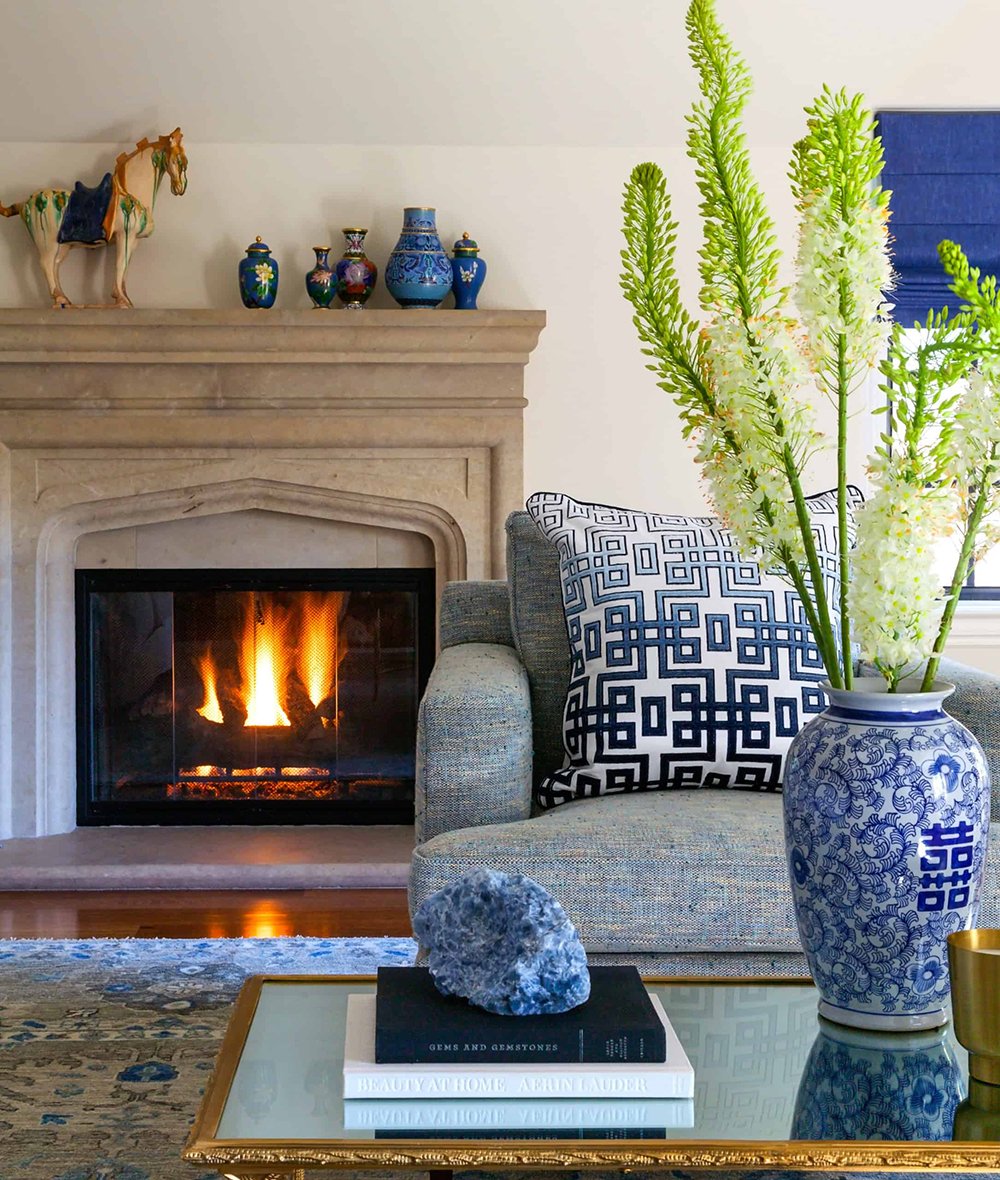
Good day, design friends! Peggi here. How are you? Can you believe we’re approaching the end of September? Tempes fugit. While you’re sipping that pumpkin spice latte, I thought we could chat about cloisonné. (pronounced klwa-zaw-nay) This technique involves adhering thin metal ribbons to a surface, creating spaces which are filled with enamel paste. The item is then fired and polished. The resulting intricately decorated enamelware caught my eye years ago. I own several small pieces, but I don’t have the focus nor the discipline of a true collector. Call me a fancier. I do, however, enjoy researching my finds, and I had quite the interweb meander preparing for this post. (One article took a confoundingly metallurgical turn and lost me completely.) Click through if you’d like to know a bit more about cloisonné and to view some stunning examples.
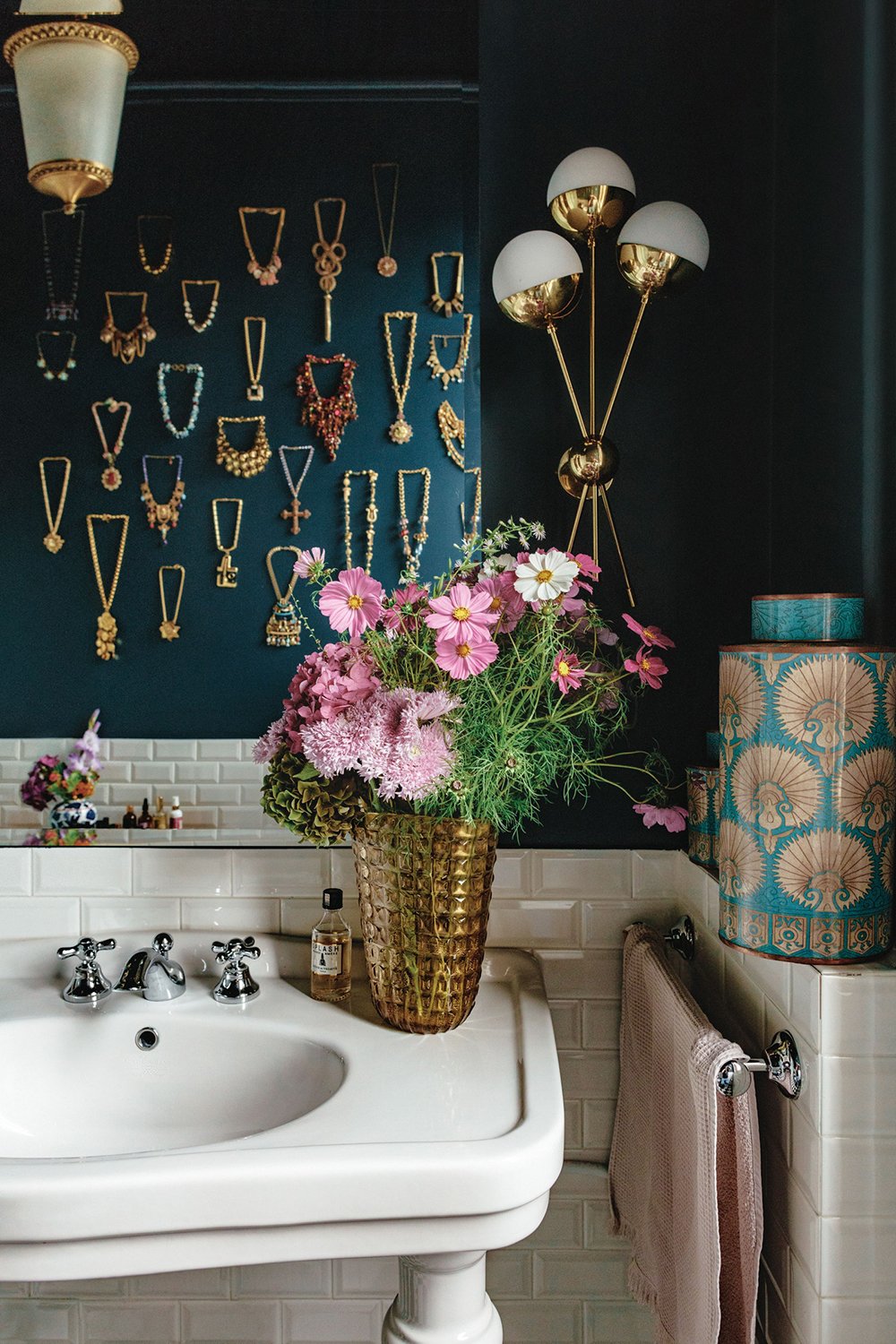
Despite the valiant efforts of my high school social studies teacher, I have never developed a head for history, but I do want to share just a smidge of information garnered from my reading. Artisans have practiced this enameling method for thousands of years. Some of the earliest examples of cloisonné were found in ancient Greek and Egyptian jewelry. Later works appeared throughout Europe, the Middle East, Russia and Japan. Cloisonné likely made its way to China during the 14th century, where it is still manufactured. In fact, most of the pieces you’ll encounter will probably be 20th century Chinese, unless you’re fortunate enough to catch an exhibit.
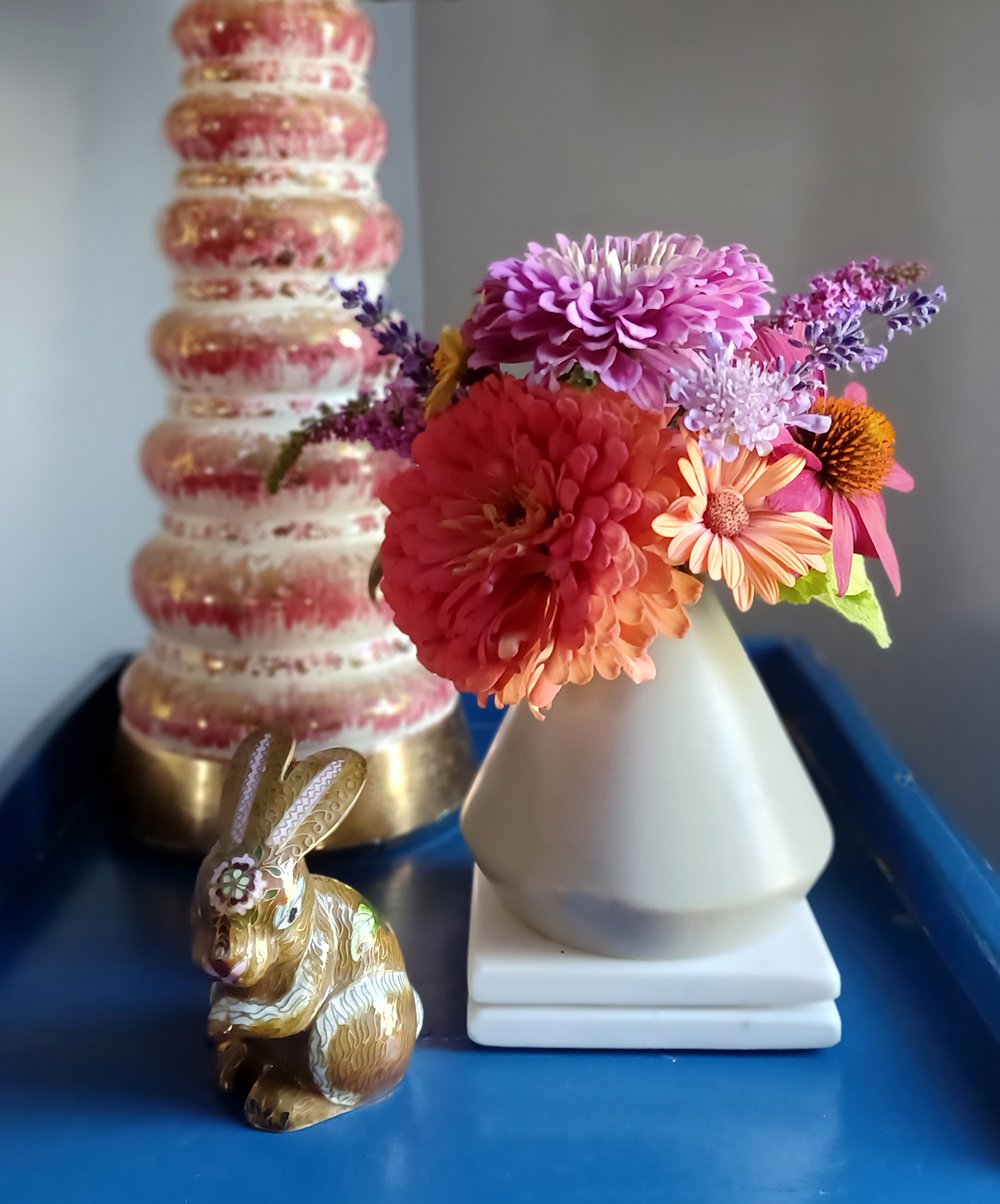 The involved designs on this endearing bunny’s head illustrate one of my favorite aspects of cloisonné. Check out the collage below for loads of detailed beauty.
The involved designs on this endearing bunny’s head illustrate one of my favorite aspects of cloisonné. Check out the collage below for loads of detailed beauty.
Click right on the images to be redirected to the source, or use the numbered links below to shop my finds.
01: pair of large vases // 02: pelican figurine // 03: white horse // 04: tall bamboo container // 05: dragon shot glasses // 06: black bunny // 07: drinks table // 08: turquoise trinket box // 09: pair of candleholders // 10: deep blue floral trinket box // 11: antique hand mirror //12: cloud motif ginger jar // 13: shallow bowl // 14: large blue war horse // 15: set of napkin rings // 16: miniature salt and pepper // 17: custom lamp //
Mesmerizing, right? If you have the time, clicking through for a closer look at the impossibly elaborate patterns does not disappoint. For my top picks, I’ve chosen two practical, one aspirational and one no-brainer. I’ve already shared my tablescape enthusiasm, so I definitely put a set of napkin rings on my wishlist. The colors on #15 are fab for fall. I also remain tickled by the notion of itty bitty salt and pepper sets for each place setting, so I obviously need #16. (Only I could list this under my “practical” picks. Ha.) My dream item is #4. I adore this modern cloisonné artist’s use of the medium. Her creations are showstopping. Finally, given the RFT affection for all things lighting, I had to include a stunning lamp! I especially dig the modern lucite base. What do you think? Do you spy any must-haves?
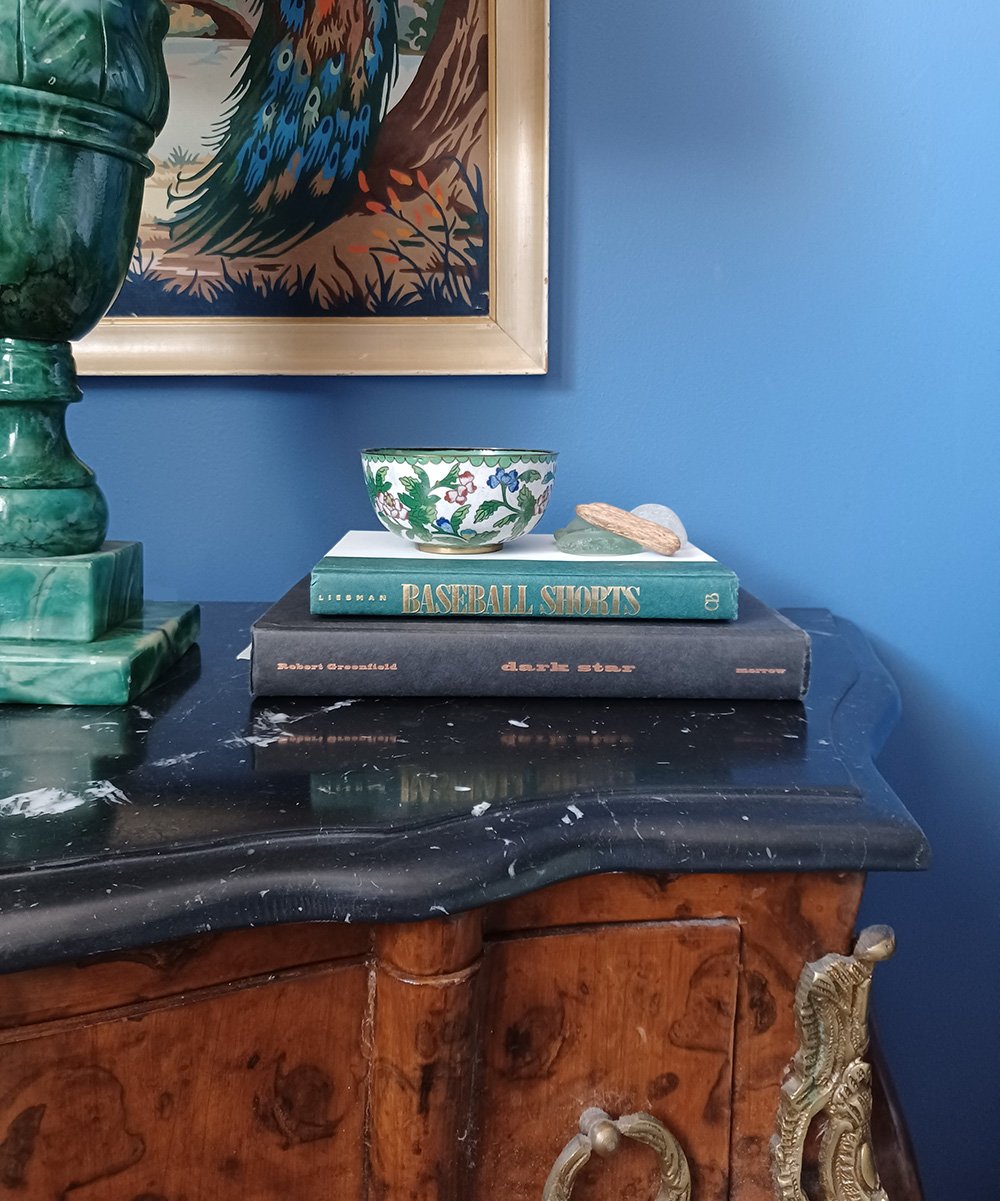 In addition to learning this craft was older and more widely practiced than I thought, I stumbled upon two wonderful contemporary artists. Robert Kuo began creating cloisonné works in his Beverly Hills studio in the early 70s. Search high-end resale sites for his designer lamps and vessels. I included his magnificent black and brown fish scale jar in the slider at the end of the post. Another artist who completely captivated my attention is Fabienne Jouvin. My fave piece from the collage is hers, as is the canister set in the Architectural Digest image. Visit her website for some amazing scenes of the cloisonné process! I love how these two interpret an ancient craft in a modern way.
In addition to learning this craft was older and more widely practiced than I thought, I stumbled upon two wonderful contemporary artists. Robert Kuo began creating cloisonné works in his Beverly Hills studio in the early 70s. Search high-end resale sites for his designer lamps and vessels. I included his magnificent black and brown fish scale jar in the slider at the end of the post. Another artist who completely captivated my attention is Fabienne Jouvin. My fave piece from the collage is hers, as is the canister set in the Architectural Digest image. Visit her website for some amazing scenes of the cloisonné process! I love how these two interpret an ancient craft in a modern way.
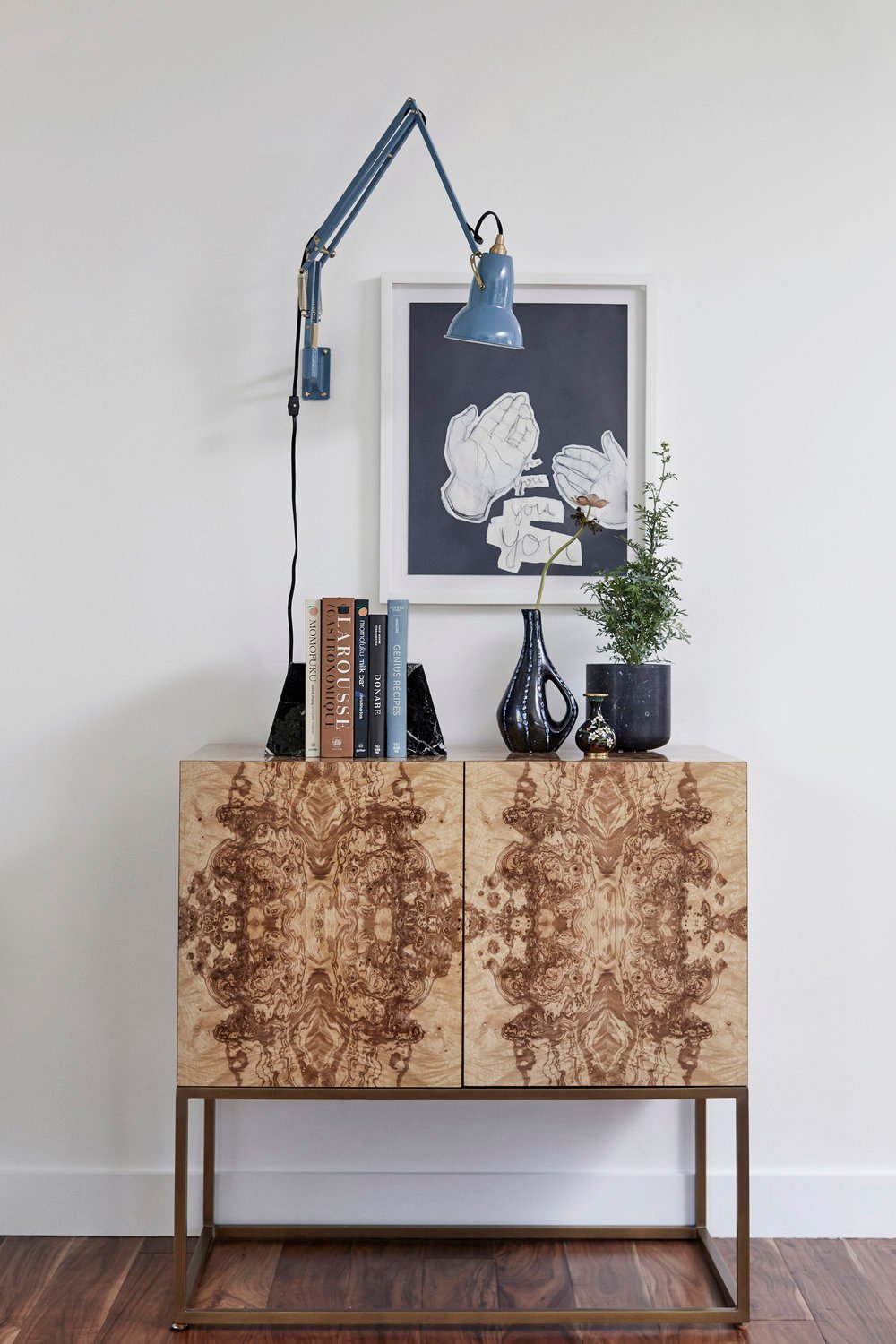
So many reasons to be enamored with enamel! Artisanal quality. Striking colors. Nearly unbreakable. Timeless shapes. Classic motifs. Honestly, if you’re into ginger jars or chinoiserie interiors, consider cloisonné. I feel compelled, though, to mention two minor drawbacks to these lovely treasures. First, many pieces are quite diminutive; be sure to check measurements provided by sellers! (Consider my opening image an example of creating big impact with a small collection.) You can absolutely find larger statement works, but that leads me to the second downside. Prices can reach four or five figures. Gulp. If your decor budget is closer to mine, don’t despair. While I don’t see them often, I thrifted each of my finds for a few dollars. Calibrate those thrift goggles!
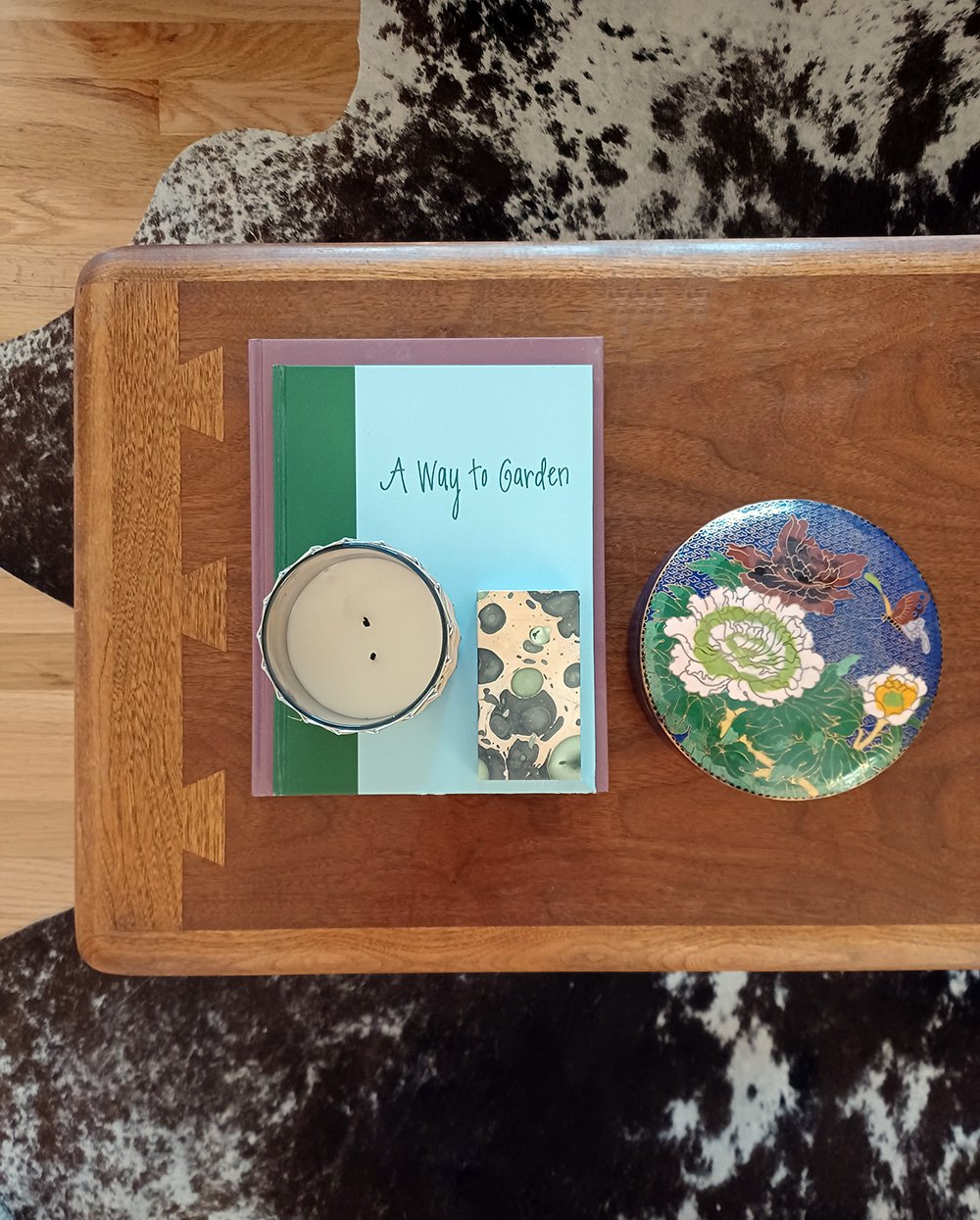 Alrighty, friends. Are you a cloisonné convert? Maybe you’re already a connoisseur…or even a collector! Please chime in if you’ve got expertise to share! Like me, do you enjoy investigating a new acquisition? You know I love to hear your perspectives. Have the loveliest day! Until next time.
Alrighty, friends. Are you a cloisonné convert? Maybe you’re already a connoisseur…or even a collector! Please chime in if you’ve got expertise to share! Like me, do you enjoy investigating a new acquisition? You know I love to hear your perspectives. Have the loveliest day! Until next time.

